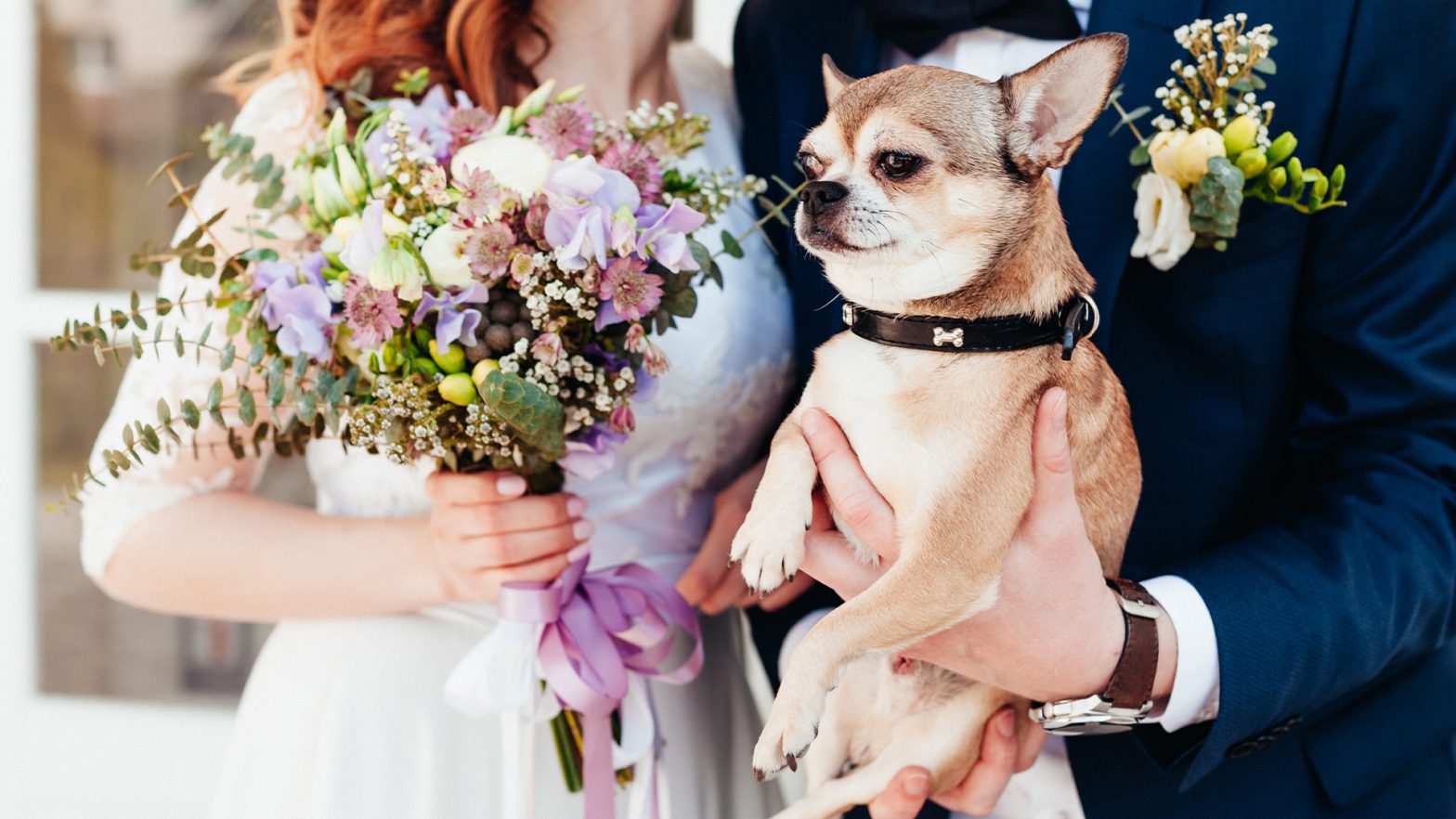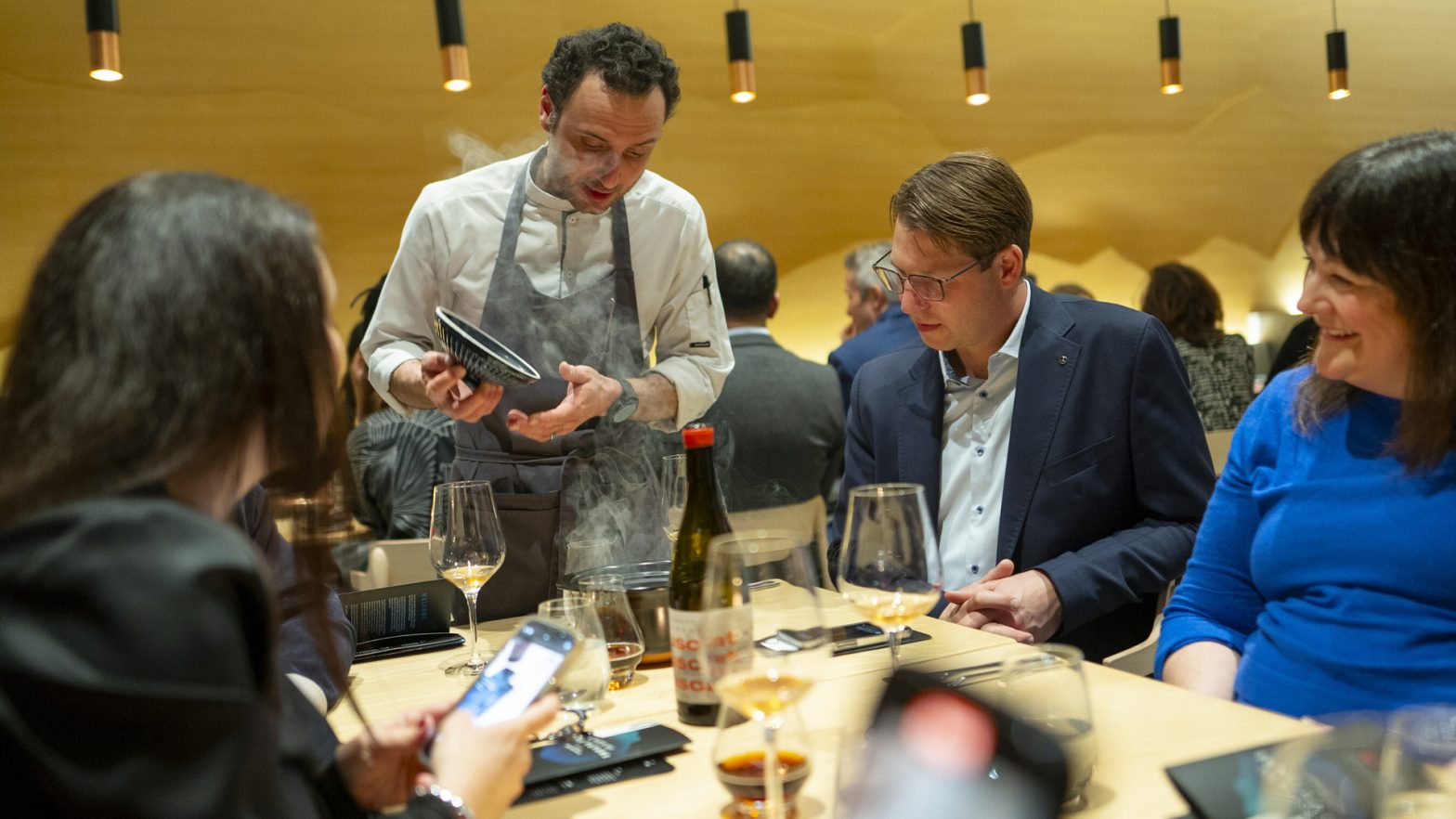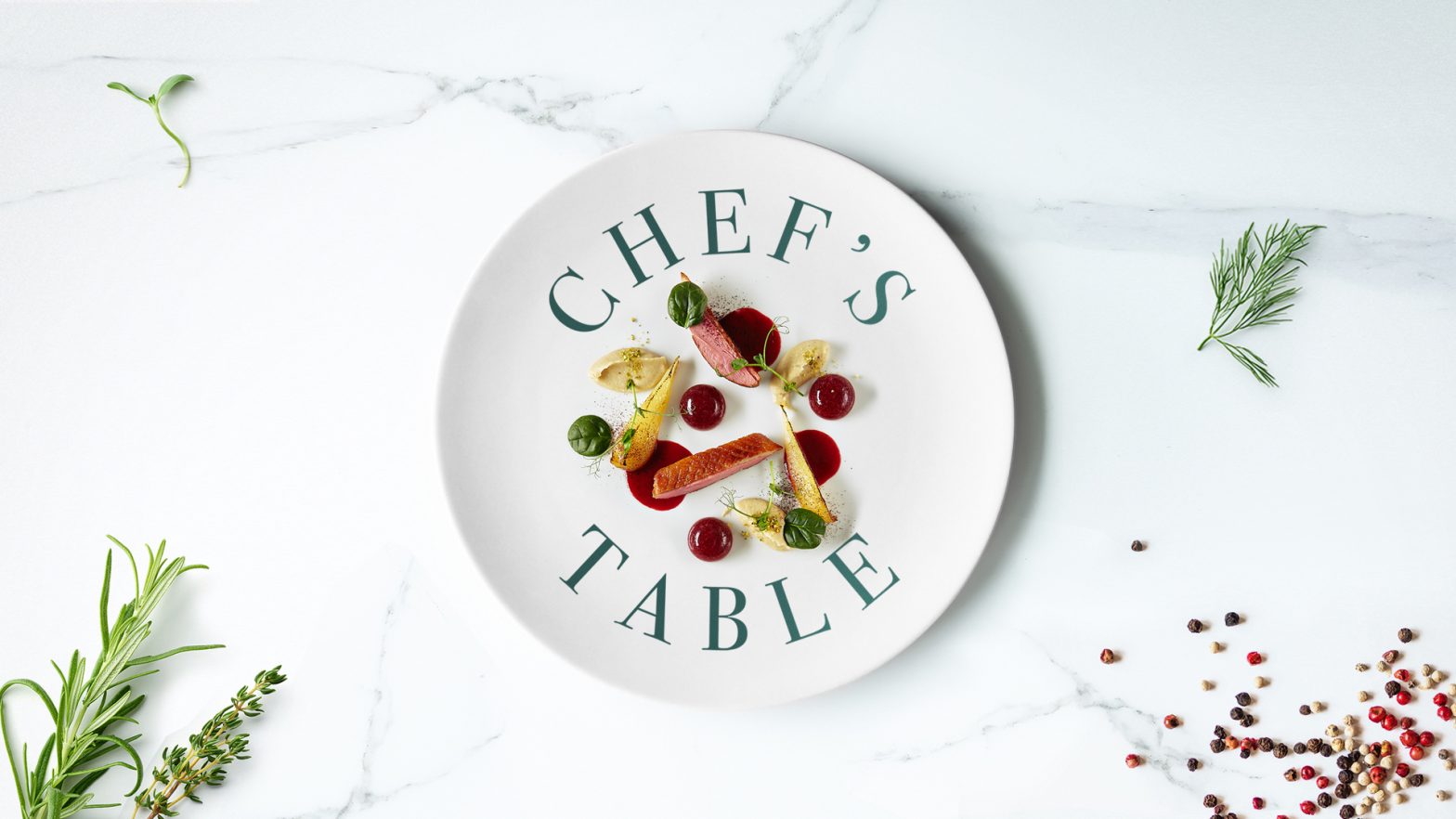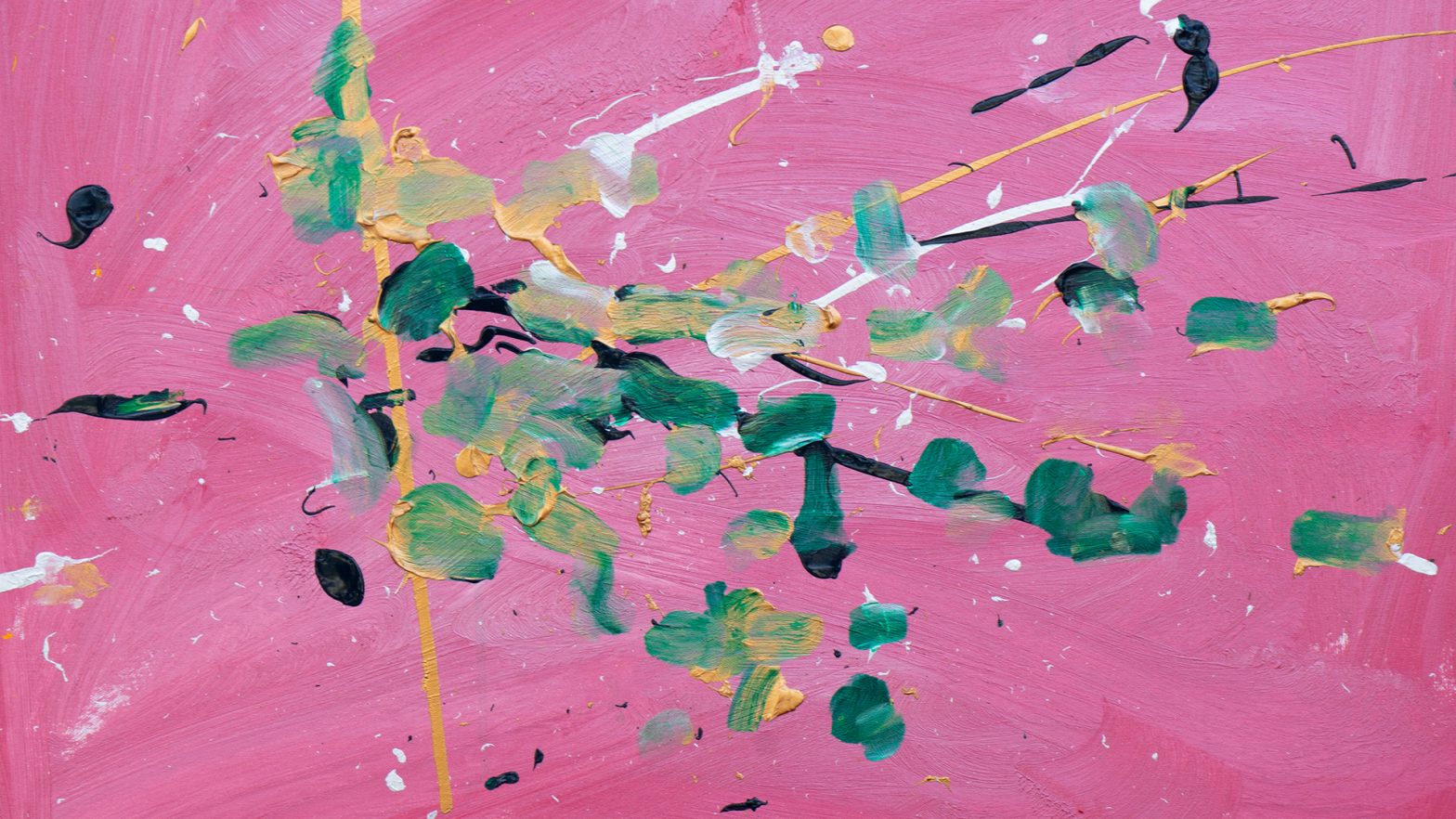
Trick or Treating During a Covid-19 Pandemic - What You Need to Know
It is a common sight every Halloween to see children dressed up as skeletons and vampires, Trick or Treating in the early hours of the night for goodies. Though obviously not on the same level as the USA, there are still people all around the world looking forward to this spooky night of ghouls and ghosts. Unfortunately, 2020 has already been a bit of a horror show even before Halloween, so don’t expect the celebrations to be huge. Clubs and bars will not be hosting events, as we are still being advised to socially distance. Even with the current guidelines in place, some parents may still be considering taking their children out to knock on doors for treats, and you may be wondering – what are the rules for this?
Here qualified Health Practitioner Sally Henderson from Last Verdict breaks down the info you need for this upcoming spooky festival, as well as some ideas to keep you and your family safe. ‘You may think Halloween may be another casualty of the Coronavirus this year, like many other holidays and celebrations. But it seems countless people are set on celebrating on the 31st, even with all the risks. Maybe because it takes place outdoors, or because it seems safer than a traditional get-together, but there appears to be a lot of people planning on going Trick or Treating with their children this year (80% of Americans asked by the NCA said they plan on going out on Halloween). So, if you are entertaining the idea of going out, it’s good to get all the facts first.’
What the government says
‘Halloween may seem safer than going to a bar or pub, but Governments still state that it’s one of the risker events you can take part in. From mixing with new people, to touching and sharing items, the danger of spreading an infectious disease is high. Experts recommend you spend as little time as possible with people, especially in unnecessary situations – I think even if you’re the biggest Halloween fan in the world, you’ll probably agree that knocking on strangers’ doors for free chocolate is a risk you don’t need to take.’
‘Even with events, rules set by the government still apply, so mixing with over 6 people in a group is forbidden, as is mixing households in some parts of the country, and many of the activities associated with Halloween (parents chatting on the street, stopping off at friends’ houses) will not be allowed. As with our day-to-day lives, it is consideration of others health, and safety first, even when dressed up like Batman.
So, are you allowed out? Yes. Is a traditional Trick or Treat a good idea? Probably not.’
Trick or Treat – the good and the bad
Understandably we all want to get back to our old, normal lives, and putting events and activities on constant hold can be draining, not just for us, but our families too. But boredom shouldn’t lead to complacency, says Sally Henderson, and as with all things, there’s a right and a wrong way to do things. ‘Obviously this year there’ll be no school dances or friends house parties for kids to take part in, but that doesn’t mean they have to be sat at home watching Hotel Transylvania on repeat. Heading outside if done correctly and carefully can work, and although it won’t be totally risk-free, if you follow government guidelines it should be manageable.’
‘The last thing I would suggest doing this year is knocking on strangers’ doors. Not only is it putting you and your family as risk, it’s unnecessarily, putting total strangers and risk too. Even if you think they’ll be ok with you knocking on their door, whether it’s a family friend or grandparents, it’s needlessly unsafe to go and call uninvited on someone’s door for candy! Be safe, keep clear of strangers’, and to stick to you bubbles. If your children are really adamant of Trick or Treating, you could call ahead to a few friends beforehand and make sure that they’re ok with you visiting outside their home and arrange a safe and socially distance alternative. With regards to sweets and chocolate, the safest method would be to buy them yourself, and hand them to your children yourself. And even though scientists believe Covid-19 isn’t transmitted on wrapped food, parents will naturally worry about their children touching something and then putting it in their mouths, so try encourage them to hold off eating it as soon as they get it, and wait until they’re home and have washed their hands.’
The Numbers Game
Halloween isn’t a solitary night, and if you’re going to spend all that time making an outfit, it’s understandable that you want to show it off to your friends. But as Sally Henderson points out, the risk of infection is still rising because of one main reason, and it means groups are out this year. ‘Covid-19 spreads because of people with the virus spend time in the vicinity of someone else. It’s that simple. The more people there are, the easier it will spread. So, if you’re planning on meeting up with a group of parents and their kids for a quick walk around to show off their outfits, I would highly suggest against it.
Can Chocolate wrappers carry the virus?
‘It’s been drummed into us that Covid-19 particles can live on plastic surfaces for up to 3 days, but fortunately most surfaces of sweets and chocolates are relatively small and has less surface area for germs to live. It’s probably a bit of an overkill to wipe and clean every piece of confectionary you get over Halloween, so the most practical way to reduce the threat is to leave them over a 3-day period to die off naturally.











































